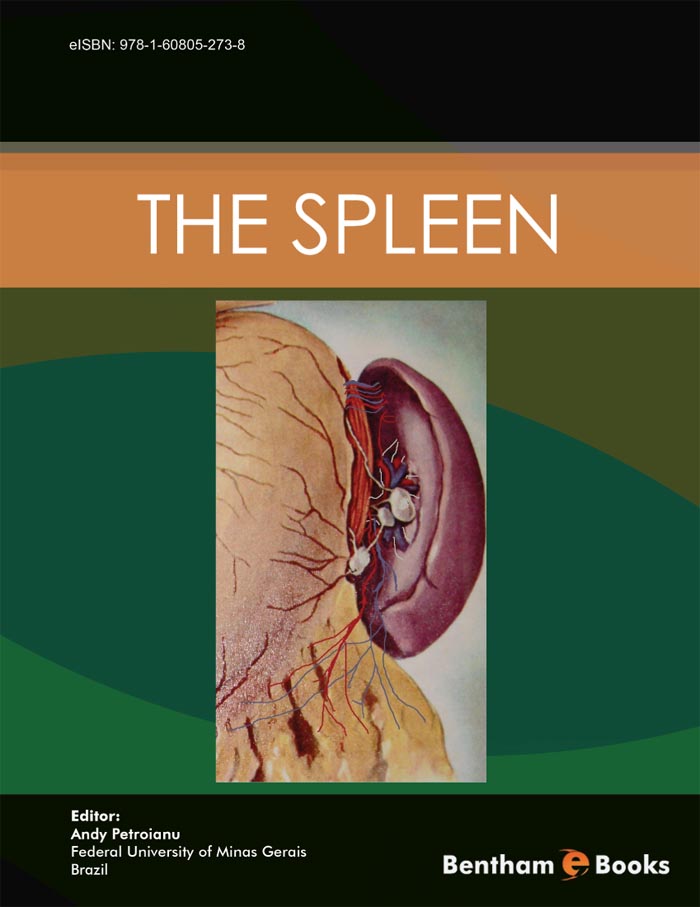The spleen is one of the most important organs, and is responsible for many pivotal functions, such as defense of the organism, the removal of foreign particles from the blood flow, the metabolism of bilirubins, lipids and several aminoacids, the control of the number of blood leukocytes and platelets, the maturity of lymphocytes and opsonins, hematopoesis, among others. Thus, this organ belongs to several medical specialties, mainly Haematology, Immunology, Oncology, Infectology and Surgery.
Splenectomy is a general surgical procedure which is most commonly used in trauma, but it is also performed to treat haematological, immunological, metabolic and oncological diseases. Other indications for splenectomy include morphological disturbances, retarded somatic and sexual development, portal hypertension, parasitic infections, abscesses haemangiomas and cysts.
Until recently, the absence of the spleen was not considered as a risk factor for severe complications, even with the knowledge of death provoked by postsplenectomy sepsis, which has existed since the nineteenth century. Recent studies have proved that the complete removal of the spleen is mostly useless, and is commonly followed by a high rate morbidity and mortality. Moreover, asplenic patients are more susceptible to severe infections, including overwhelming sepsis, meningitis and pneumonia. The estimated incidence of severe sepsis after total splenectomy is 8%.
Another critical postsplenectomy complication is pulmonary thromboembolism. The incidence of this affection may reach 35%. This complication is apparently not due to thrombocytosis, although the number of platelets may increase considerably in asplenic patients.
Haematological diseases, such as myeloid hepatosplenomegaly, leukemias and lymphomas, as well as metabolic affections, including dyslipidemias, are followed by high morbidity and mortality rates when the spleen is removed. In these cases, conservative surgeries are proposed to avoid this problem. On the other hand, total splenectomy may be inevitable in cases such as trauma or even in elective conditions (eg. hypersplenism, idiopathic thrombotic purpura, spherocytosis, among others). The benefits generated by this procedure must be weighed against the risks of asplenism.
This book is written exclusively to show the spleen in relation to basic sciences (anatomy, physiology) and the clinical practice of specialties related to this organ is useful for clinical physicians, haematologists, oncologists, infectologists, general surgeons, oncologic surgeons, trauma surgeons, resident physicians and medical students.
The Bentham Science Publishers gave the honour of editing this book. I am proud to accept the challenge and have the privilege of bringing together distinguished researchers from several countries on medical procedures concerning the spleen. Professor Leon Morgenstern, who is the most esteemed reference in studies regarding the spleen agreed to write the Forward of this book. All participating authors have written pivotal chapters and have contributed to advances in research on medical procedures concerning the spleen. Thanks to these contributors, as well as, many other investigators around the world, the spleen is no longer as mysterious as it was once described by Claudius Galen.
Andy Petroianu
Federal University of Minas Gerais,
Brazil

